|
Note: This exhibit WAS going to shut down at the end of January, but now they are expecting it to continue every weekend in February. Don't miss your chance to see it! 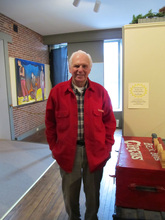 Capt. Les Bex credit: Kay Stephens This circus is only briefly in town. But you have to bend down to peer at it closely. There’s a sideshow tent, an aerial act, a train and even a naughty little scene inside a donnicker (“bathroom tent”) where the teensy figures are in the various stages of undress. The miniature circus world Capt. Les Bex began crafting when he was eight-years-old just about blows the mind of everyone who has seen this free exhibit at the Penobscot Marine Museum this winter. A lifelong circus enthusiast, Bex spent decades creating every single element of this magnificent exhibit by hand. The Bex Bros. Circus contains hundreds of 3/8"=1' scale models of miniature animals, vehicles and people that has not been seen by the public for more than 25 years. Those fortunate enough to have viewed the display throughout December and January will take away spectacular memories of not only Bex’s intricate skills, but also his cheeky sense of humor. Unless another museum steps up to include it in a permanent exhibit, once it leaves the Penobscot Marine Museum, The Bex Bros. Circus will get repacked up in its various boxes and trunks and set back into storage indefinitely. Here then, told by Capt. Bex, is the story behind certain scenes found under the little Big Top: Here you can’t see in the frame but the Bex Bros. advertising truck just left after pasting up its Bex Bros. sign on the billboard. And a rival circus truck came up behind him and pasted up a big “Wait” sign to alert those that the advertising for a better circus was about to come along. It wasn’t uncommon for advertising wars in the circus industry and things could get got pretty severe. People got killed over it. This was an inside joke. The man in the red and yellow was a friend of mine, another circus model builder and he wanted some elephant dung to make his models smell like a real circus. So, he brought his shopping bag and asked an elephant trainer to shovel some dung into it. When my friend saw this scene of the elephant dung [portaying him] he was not pleased with me. At one time Ringling Bros. Circus claimed they fed 1,600 people three meals a day. This tent is the cookhouse and the steam kettles are for making potatoes and vegetables. On the other side, you see them washing pots and pans. In the dining tent each table had a waiter; it wasn’t cafeteria style. They could order what they wanted. The dining arrangement was segregated, not only for office staff and performers, but also for the workmen as this depicts the segregation period in the 1930s. I grew up about 45 miles outside of Chicago and saw a lot of circus acts. This is an exact replica of a real flying act that I once saw and was able to measure. Whenever I went to a circus, I would take all kinds of photos and get some new ideas. This is what you’d call a typical scene—a boy trying to sneak into The Big Top. I never did myself. I used to work for my ticket (sometime in late ‘40s early ‘50s). I’d go and talk to someone at the circus in the morning and help set up, carrying chairs, or tables or whatever. I’d stay all day into the night when they tore it down. One time, I was about 10-years-old and a performer called me out into the ring and gave me a piece of paper a foot long to hold out in front of me. Then he took his bullwhip and snapped it off. I don’t think that would happen today. The Big Top tent was built in 1964. I made all the tents by hand out of unbleached muslin and twine or string, hand-knotted or spliced like a real tent so that certain flaps could come apart. The small rickrack around the border of The Big Top has a small hand-stitch between each border. I didn’t have sewing skills to begin with but I was a mechanical engineer so once I saw it, I knew how it was done. I made each one of these banners and hand-lettered each one. They depicted all real people at the time. The sideshow featured oddities and freaks and so on and we didn’t have the stigma then that we have today, that it might hurt their feelings. In fact, it gave them a way of making a good living. Back in the day when there was no reality TV, if you wanted to see people like this, you had to go to the sideshow. I found a lot of the people and animals for the circus from figurines, plastic toys, Christmas ornaments or at train shows, Goodwill and yard sales. But I carved some elephants myself. Here you see the progression from a block of wood to the finished painted elephant. For a full behind-the-scenes story on Capt. Bex, check out Dagney C. Ernest’s story on Village Soup titled “The Big Top on a small scale.” To reach Capt. Bex directly: [email protected]
2 Comments
1/12/2012 11:20:34 pm
Kay,
Reply
Your comment will be posted after it is approved.
Leave a Reply. |
The Killer ConvoThis blog is a is a killer roundup of all arts, entertainment, brewery & distillery, food trucks, happy hour happenings in the Midcoast Maine. Feel free to email me anything about Midcoast arts, entertainment & the creative economy. Archives
June 2021
Categories
All
|
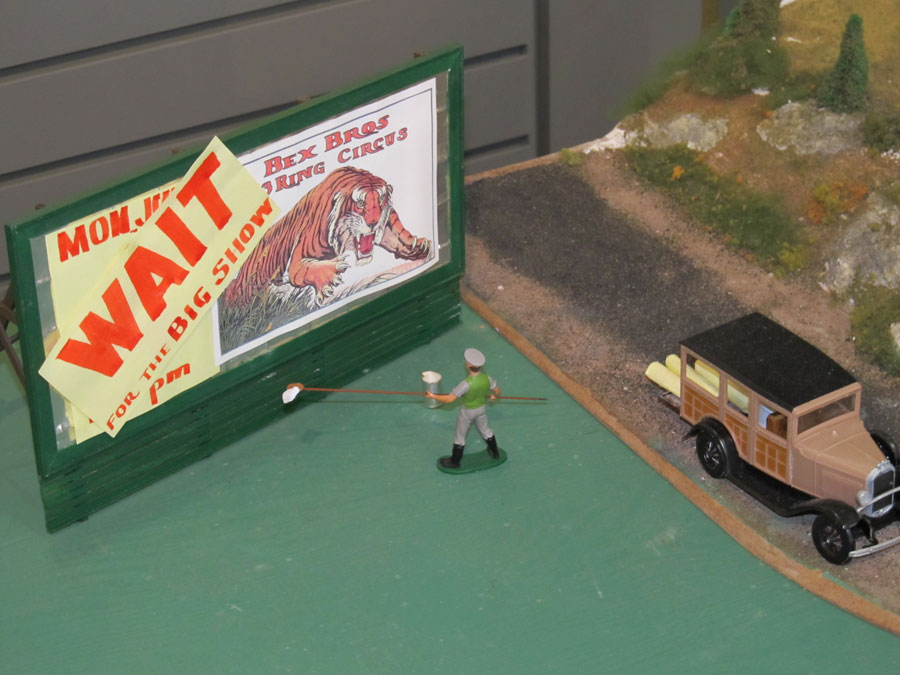
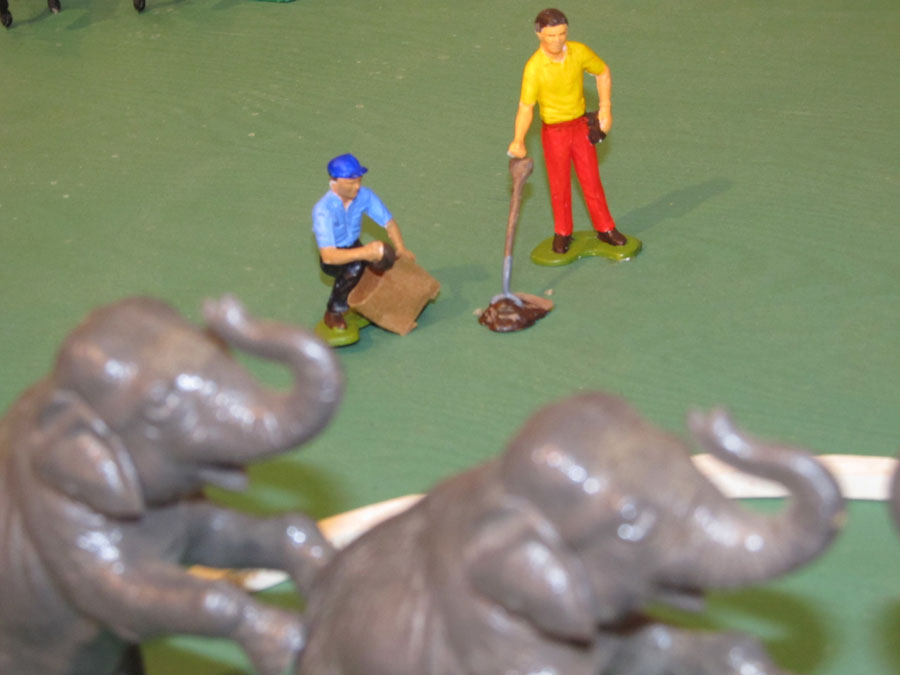
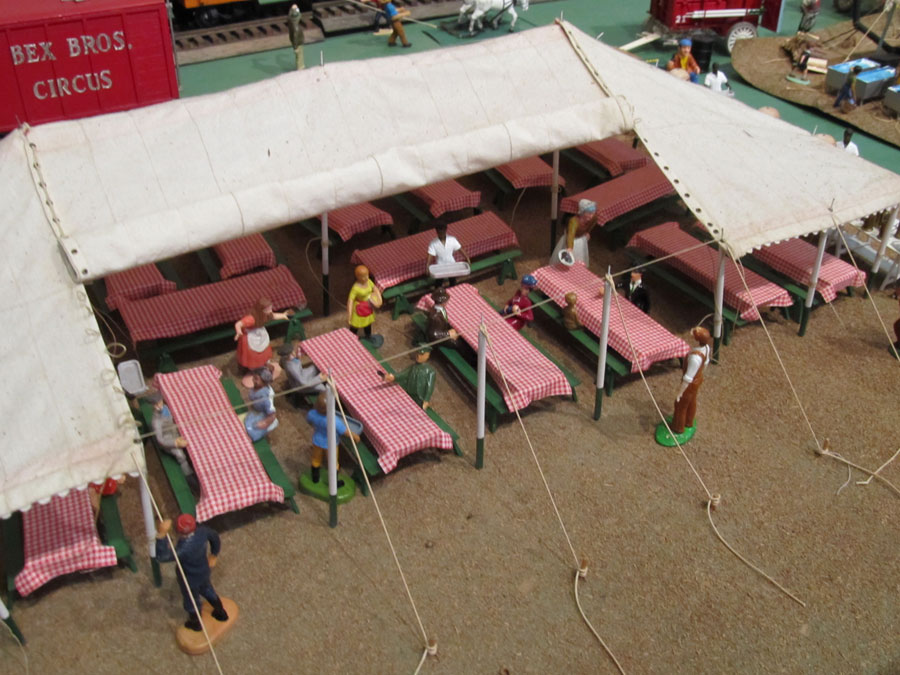
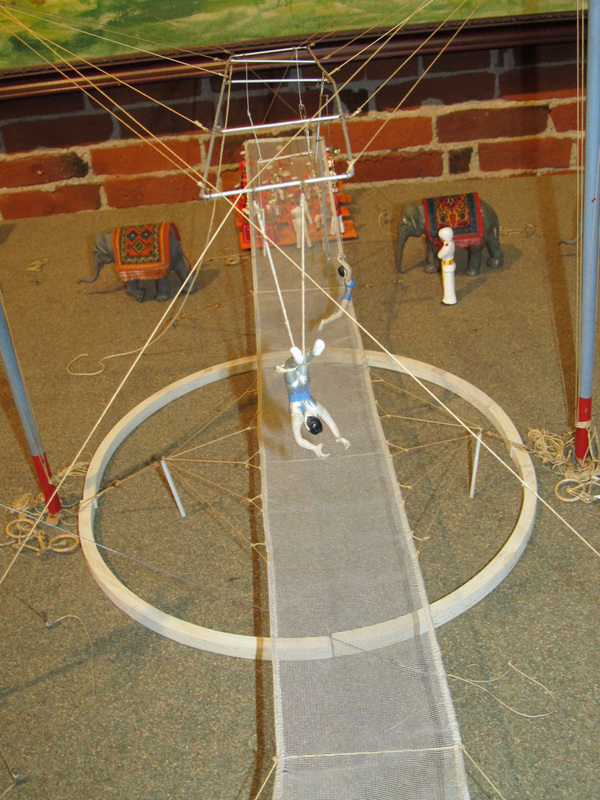
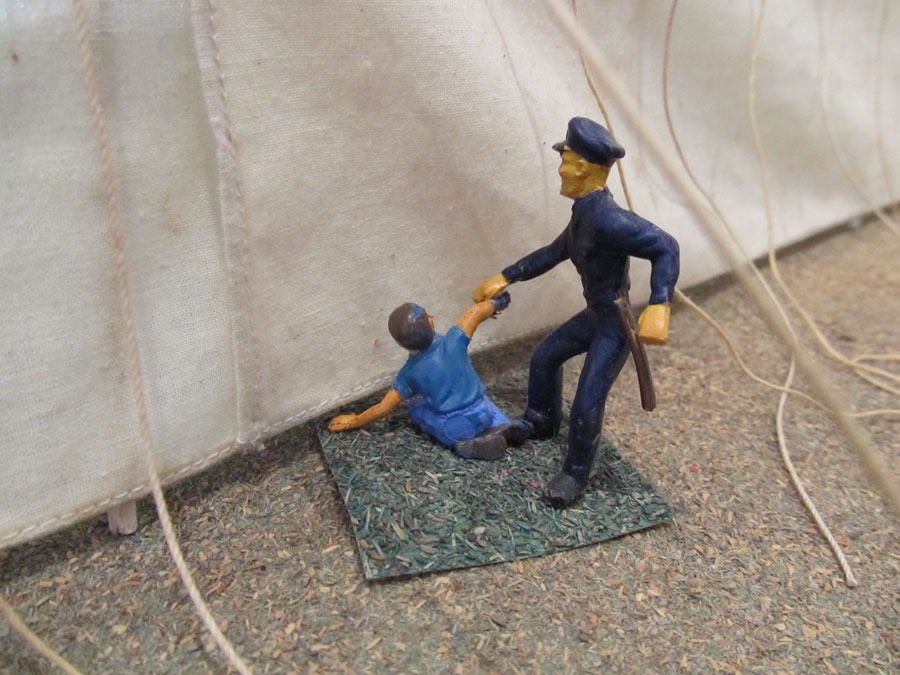
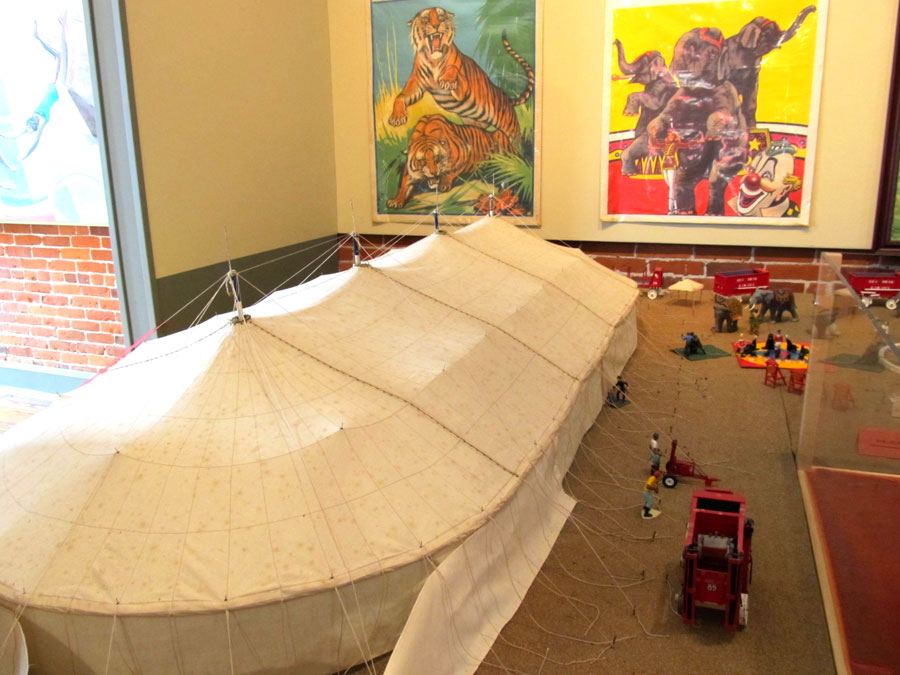
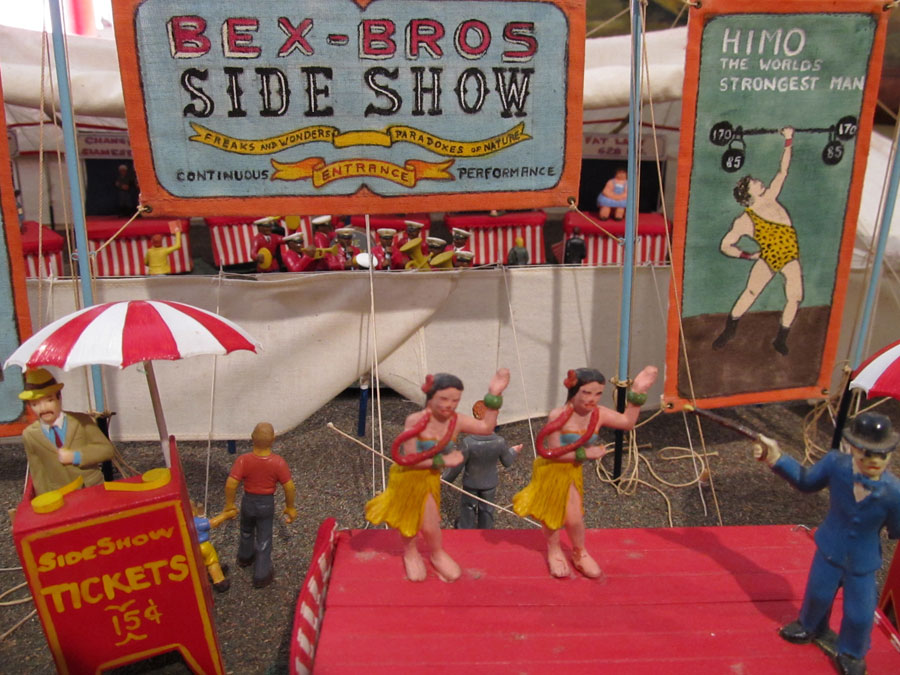
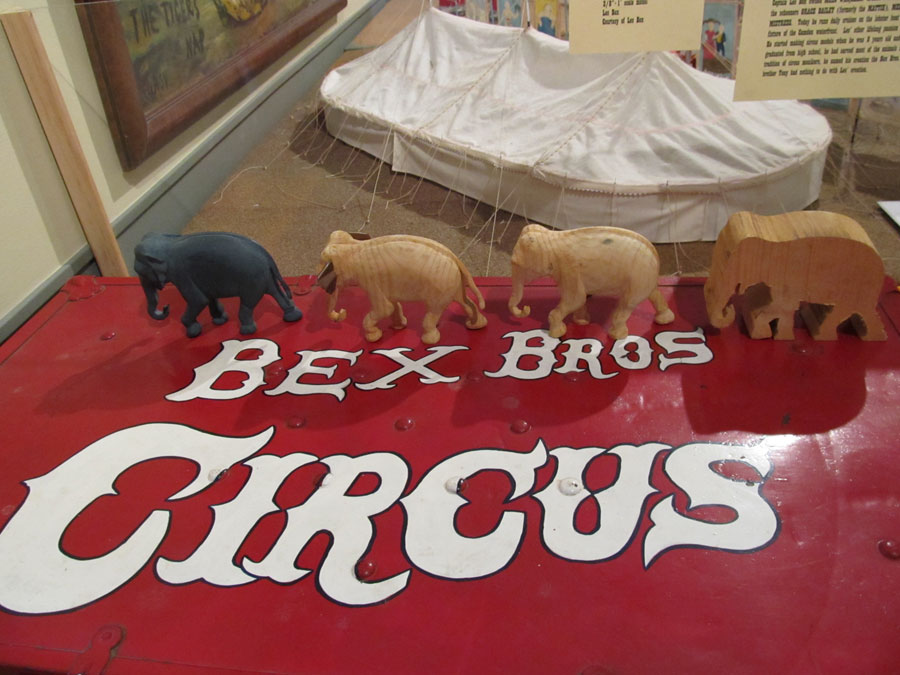

 RSS Feed
RSS Feed